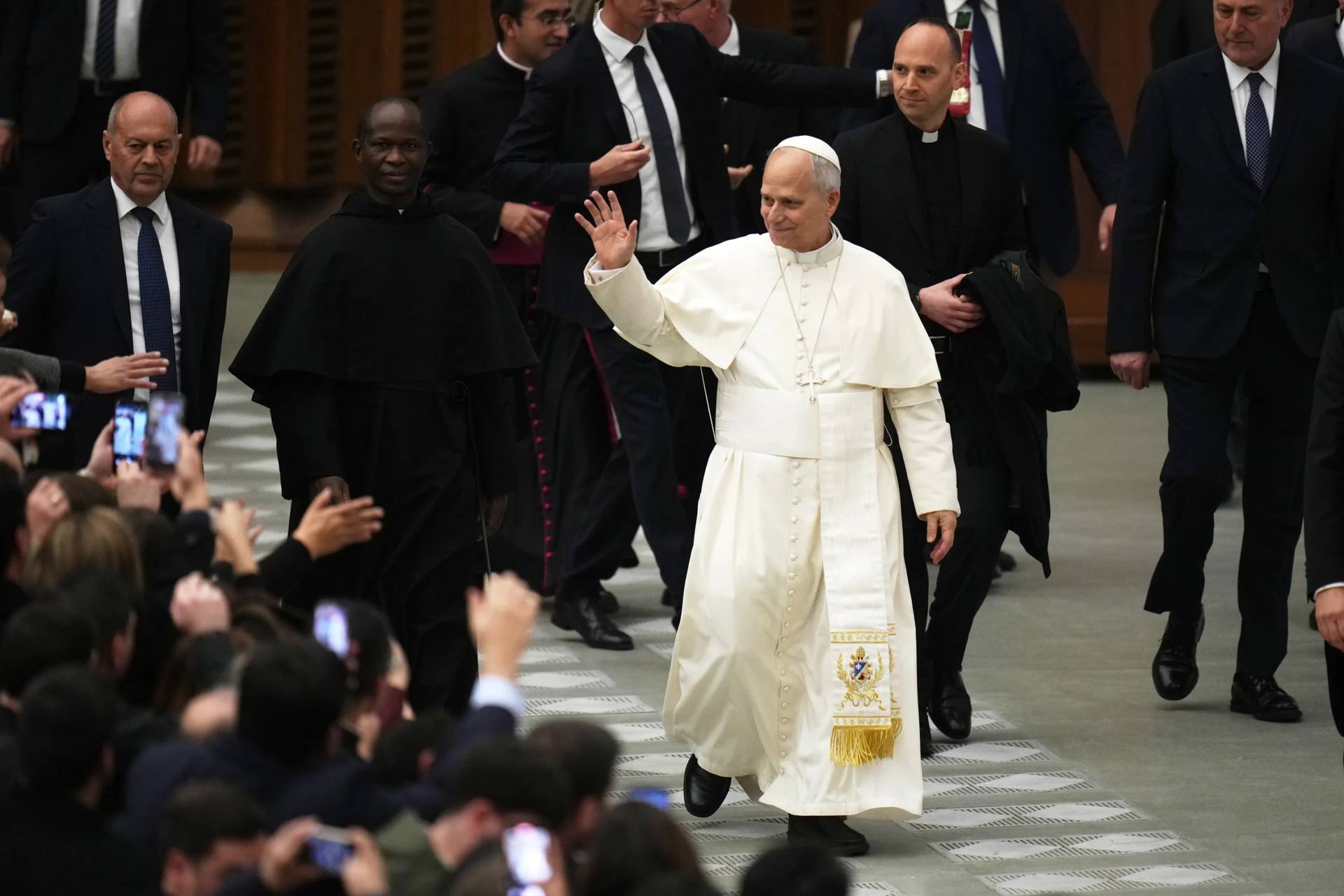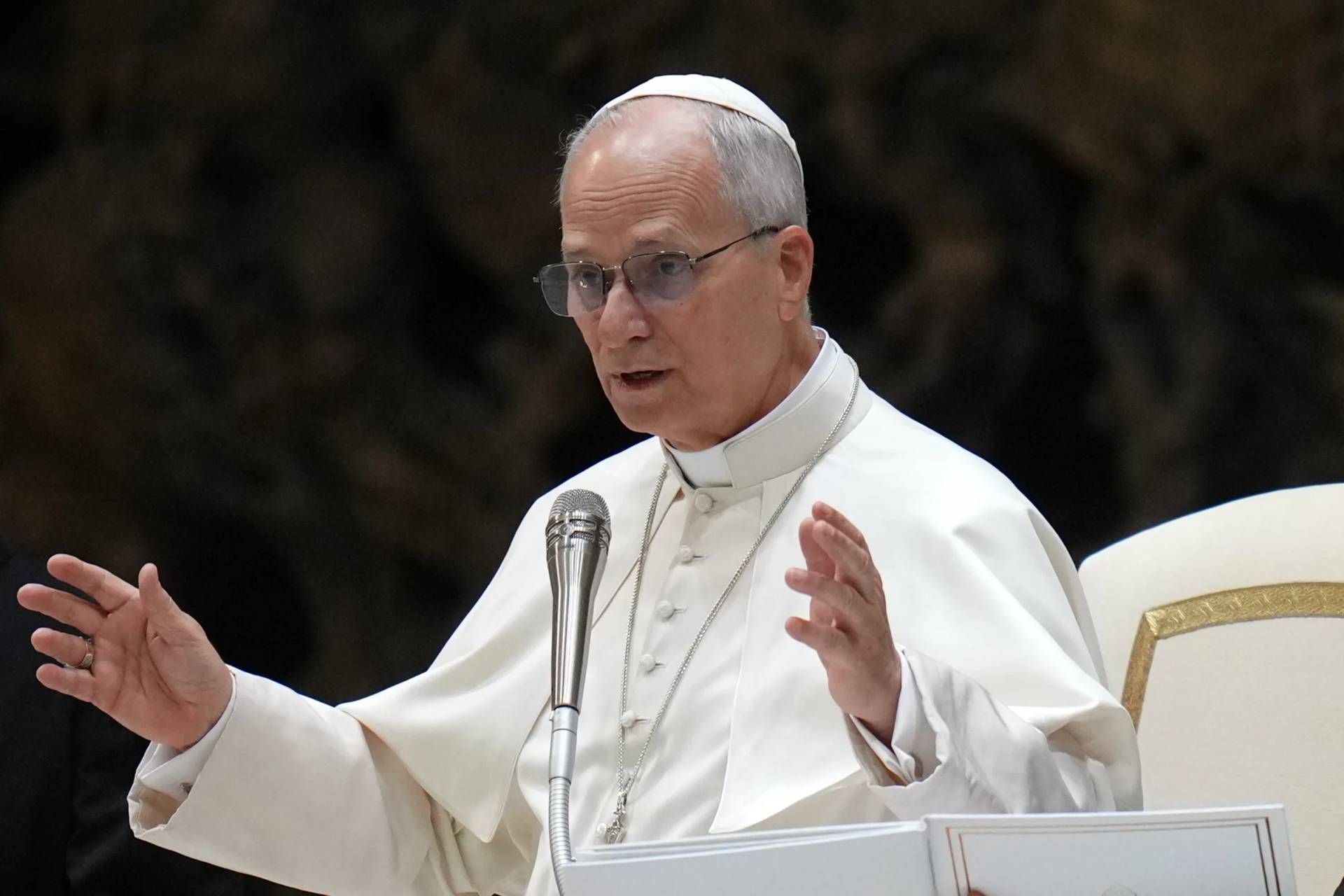The prayers of supplication include petition. There are many and various different forms of petition. As we look at the Sacred Scriptures, we see that lamentation is a predominant form of supplication. Interestingly, lamentation is not as prevalent in the New Testament.
The Catechism of the Catholic Church observes: “The New Testament contains scarcely any prayers of lamentation, so frequent in the Old Testament.”
This is not to say that God’s people in the New Covenant are not without their own struggles, cries, and concerns. They are as fallen, and life is as difficult for people in the New Covenant as it was for those in the Old Covenant.
The difference was not in the level of sorrow or broken-heartedness. The difference is in the understanding of God, the acceptance of suffering, and the level in which God’s closeness and care are experienced by his people. The difference is the Incarnation of the living God.
In the reality of the Incarnation, God has come to his people. He has become one of us. He loved, worked, suffered, cried, and died like each of us. In Jesus Christ, God accompanies and consoles his people from the inside out.
Such an encounter culminates and finds its greatest expression in the Resurrection. The Lord Jesus didn’t just suffer as we suffer. He destroyed and beat suffering at its own game. He converted suffering into a means of love and redemption. This transformation is visibly seen in the Resurrection.
The Catechism teaches: “In the risen Christ the Church’s petition is buoyed by hope, even if we still wait in a state of expectation and must be converted anew every day.”
God’s people still suffer. Life can still be overwhelming. The hope of the Resurrection, however, elevates everything and gives strength and confidence to God’s people as they walk through the fallenness of the world and its array of sufferings and hardships.
The hope of the Resurrection has changed life and the very notion of prayer. It has raised prayer to a completely different level of union with God and his providence.
The prayer of petition in the New Testament is less lamentation, therefore, and more of a groaning and an awaiting for God to bring to fruition all that has been won by Jesus Christ. Petition is now an eager longing. It is a nurturing of hope in the completion of God’s promises in the Risen Christ.
As the Catechism explains: “Christian petition, what St. Paul calls ‘groaning,’ arises from another depth, that of creation ‘in labor pains’ and that of ourselves ‘as we wait for the redemption of our bodies. For in this hope we were saved.’”
As the prayer of petition is taken up into hope, we take a posture of empty hands, open hearts, and a poverty of spirit. We sit and wait for the coming of God’s kingdom, the kingdom of justice and peace, truth and mercy, kindness and love. It is the kingdom that was inaugurated by Jesus Christ and that will be brought to fulfillment in him. And so, Christian believers live with an eager longing and a joyful expectation in the coming of God’s kingdom.
Prayer that is born of hope cannot be sustained by our own fallen hearts. The strength we need to live and pray in hope comes only from above. We need God’s help and so he sends us his Holy Spirit.
The Catechism teaches: “In the end, however, ‘with sighs too deep for words’ the Holy Spirit ‘helps us in our weakness; for we do not know how to pray as we ought, but the Spirit himself intercedes for us with sighs too deep for words.’”
The Holy Spirit comes and prays through us. He guides, teaches, and enhances our prayer. He is the one who prays in us and through us. The Holy Spirit is the one who knows the inner recesses of our hearts and so is the one who is best able to express them in prayer. Our prayers of supplication and petition are perfected in him.
We cannot pray as we ought without the Holy Spirit. We cannot persevere and live in hope without the Holy Spirit. He is the one who comes to us, carries us, and teaches us the mystery and the art of prayer.

















